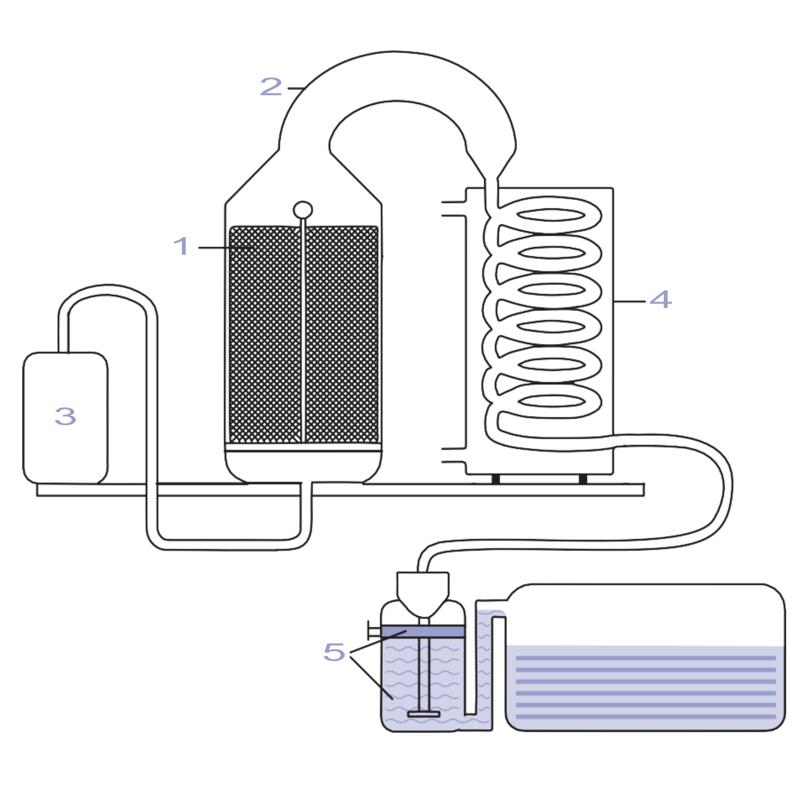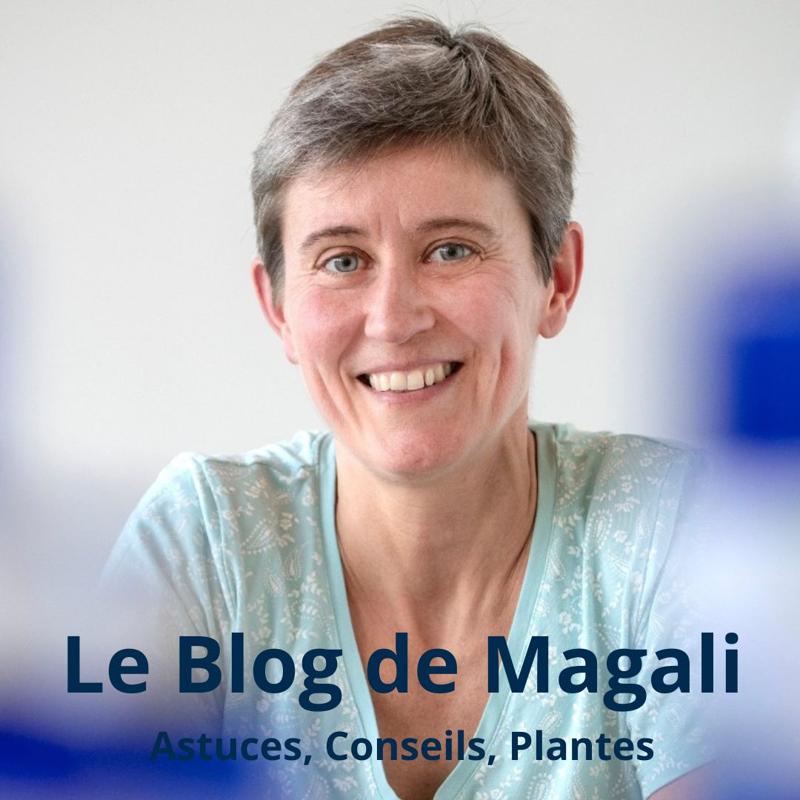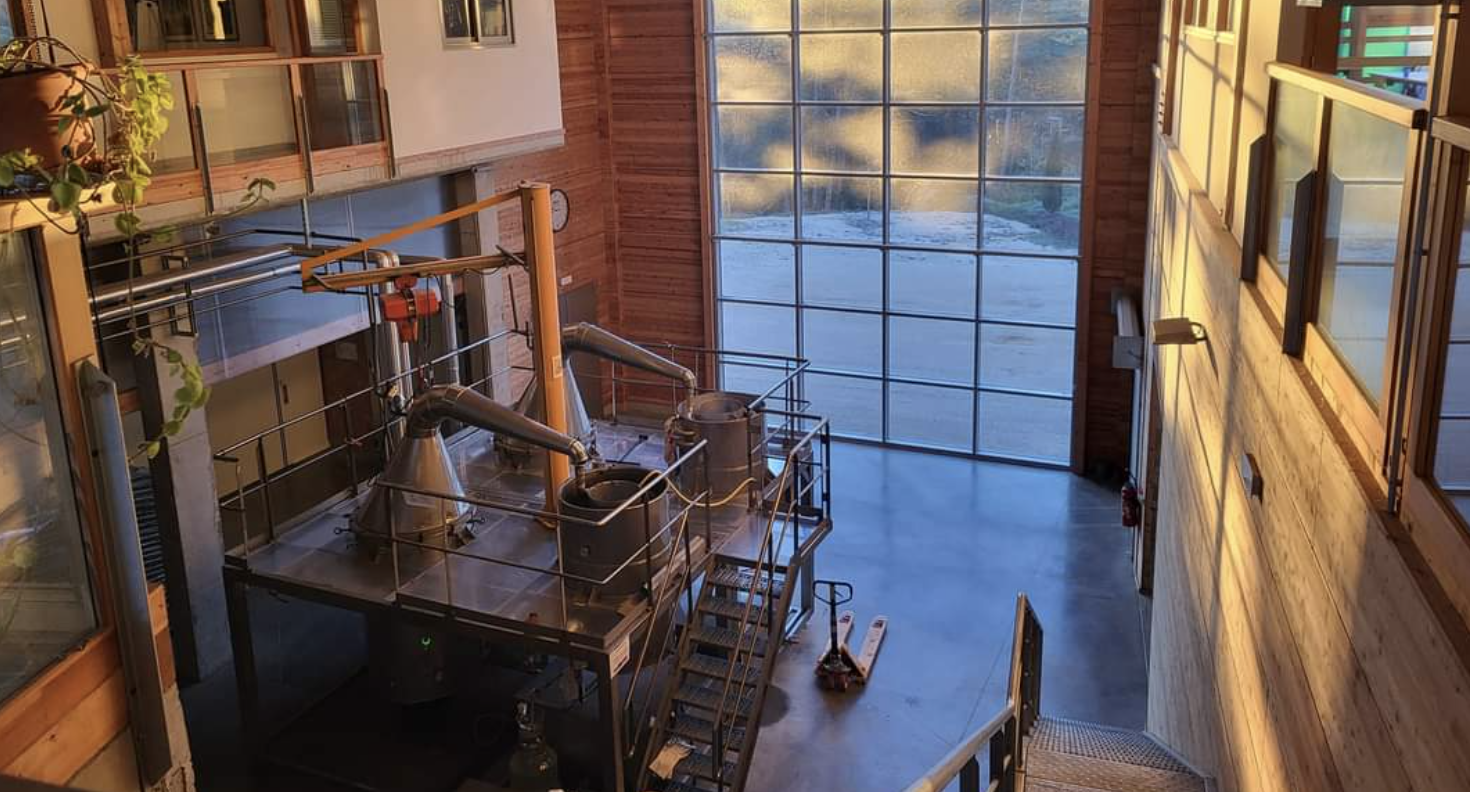

Where do the hydrosols come from?
3,000 years ago, floral waters, or hydrosols, were the only distillation products used by the ancients. Their production was simple and we did not yet know about complete distillation which produces essential oil and hydrosol by the same process. This type of distillation only appeared in the Middle Ages, a little before the Crusades. Hydrosols continued to be produced and appreciated for their benefits, but they were abandoned in the last century in favor of essential oils, more easily stored and transported and, above all, more lucrative in the modern economic context.
Much has been written about the use of essential oils in aromatherapy, particularly on their method of use and the dilutions to use to avoid irritation of the skin and mucous membranes with which they come into contact. Little has been written about hydrosols. However, the use of aromatic substances in a dissolved form avoids this problem. Thus, hydrosols, or aromatic waters in the first sense, not only are not irritating but are most of the time anti-inflammatory and calm irritations. They are very easy to use in sensitive people, the elderly, children and infants. As a result, hydrosols have experienced a resurgence in popularity in recent years thanks to the growing interest that consumers have in natural, effective, risk-free products. Due to their numerous therapeutic applications, their ease of use and their safety, hydrosols perfectly meet this expectation. I am delighted about it.
Today, we are talking more and more about hydrosols and their surprising effects. Everyone can use them, whether it is the person who wishes to take care of their health differently or the practitioner who aspires to broaden their range of care. We now know that hydrolatherapy is a real option for treating a large number of health problems. The goal is not to replace essential oils, but on the contrary to use essential oils and hydrosols wisely, complementarily if necessary, also in combination with plants in other forms as well as with a good diet. Hydrolatherapy like aromatherapy are holistic health practices, which consider the person as a whole, and call upon the totality of the plant, so precious, often forgotten, but which all ancestral medicines sought.
Forgotten for a few centuries, hydrosols are making a comeback! Today we are rediscovering their subtlety and effectiveness thanks to more careful production, more in line with the desired health use.
What is a hydrosol?
In 1826, the New Dictionary of Medicine indicated: “Distilled waters, hydrosols are medicines composed of water and volatile principles which are united there by distillation. »
According to AFNOR (French Standardization Association, 1998), hydrosol is an “aqueous distillate which remains after steam distillation, once the separation of the essential oil has been carried out”.
Hydrosols are therefore produced by steam distillation, most often from aromatic plants. In this case we are talking about aromatic hydrosols. Certain slightly aromatic plants are also distilled but only for the production of hydrosols (cornflower, witch hazel, meadowsweet among others), therefore not aromatic by definition. To simplify, we will speak here of hydrosol for the aqueous extract resulting from distillation (training with steam), whether from an aromatic or non-aromatic plant.
Aromatic plants represent approximately 10% of plant species. These are plants which contain aromatic molecules in one or more producing organs (flowers, leaves, seeds, bark, fruits, roots). The composition of these aromatic cocktails (chemotypes) can vary depending on climatic conditions, soil, altitude, and various attacks that the plant must face. The chemical compounds of plants not only allow them to grow, flower and reproduce, but also to communicate with each other and with the external environment. Certain molecules allow them to defend themselves, to protect themselves from predators and climate change; other molecules allow them to communicate, among others with pollinators. These chemical molecules (often hundreds) act together, like an orchestra, and this overall composition, developed by the plant over millions of years of evolution, gives a natural product perfectly tolerated by humans and relevant to the same biochemistry of life.
These are all of these components that will be extracted during distillation and concentrated in the hydrosol and essential oil produced.
Improved distillation techniques now make it possible to obtain very high quality hydrosols and essential oils, for therapeutic purposes. As we talk about aromatherapy, we can now also talk about hydrolatherapy.
Hydrosol is perhaps the closest form of herbal medicine to the plant that can exist, faithful to its entirety. Indeed, by taking the water from the plant (hence the importance of distilling the fresh plant to obtain a qualitative hydrosol), it also contains all its subtlety and richness.
At first glance, essential oils and their compounds appear to be insoluble in water, but this is not entirely true. A small fraction of aromatic compounds from a distilled plant remains in the distillation water (distillate). Each aromatic substance has maximum solubility in water. When this point is reached, these aromatic substances will separate, reforming the essential oil as contained in the secretory pockets of the plant. The decantation is spontaneous and the correctly distilled hydrosol then contains molecules of essential oils soluble in water, plus water-soluble principles present in the plant and which are not found in the essential oil.
The hydrosol must come from a distillation process and be only the product thereof. It cannot be flavored water, water with essential oil added or a mixture of hydrosol and water. For food or health use, it is all the more important that it does not contain alcohol or added preservatives.
How is hydrosol obtained?
The hydrosol is obtained by distillation of plants. The distillation process includes several stages.
- Loading the plant into the still tank. The plant that will be distilled is placed in a basket in the still. It is packed “at the feet” so as to allow a slow and homogeneous passage of steam within the plant mass and therefore to ensure good mechanical contact between the plant and the water vapor during its passage. To ensure compaction and therefore optimal extraction, the size of the tank is important; it should be neither too large nor too small (the optimal is between 500 and 1,500 liters).
- Closing the “swan neck” or “retort”.
- Launching the water vapor (steam ideally generated by an independent boiler) into the still.
- The distillation itself, the water vapor passing through the plant mass, extracting in the process the constituent molecules (aromatics, minerals, trace elements) of the plant. After passing through the swan's neck, the water vapor joins the refrigerant, in which it will gradually return to a liquid form, to exit in the form of distillate in the Florentine vase.
- The natural separation in the Florentine vase of the distillate into hydrosol and essential oil if there is any. Essential oil, composed exclusively of lipid-soluble aromatic molecules, is generally lighter than water and is therefore found on the surface. The hydrosol, an aqueous phase consisting of the water of the plant and the water used for distillation enriched with aromatic molecules soluble in water as well as minerals and trace elements (which are not found in essential oil), is most often found at the bottom of the Florentine vase (or essencier). The Florentine vase is ideally connected to a hydrosol collection tank to allow homogenization (search for totum).
The hydrosol will benefit from being mechanically microfiltered to ensure the absence of contamination before being stored in a cool place. Alive, the product will finish stabilizing as a wine would do in a form of natural maturation (aromatic recomposition).
What are the quality criteria for a hydrosol?
The effectiveness and safety of a hydrosol depend, as with an essential oil, in part on its quality.
We have seen that the distillation process involves plants, water (in the form of steam), a still and a system for “harvesting” the distillates (the Florentine vase or essencier) and, finally, a hydrolate vat. . To obtain quality products, each step is important.
The plant
For use in aromatherapy or hydrolatherapy, it is really preferable, in my opinion, that the plant comes from organic farming. Indeed, if the distillation process concentrates the molecules of the plant, it is the same for the molecules exogenous to it. It is therefore important that the plants have not undergone any chemical treatment. This is valid for cultivated plants as well as those from wild harvests, for which you can also choose to have the natural harvesting areas certified “organic”. The time of harvest and the fact that the plant is distilled fresh (not dry, to conserve its water) are also determining factors. Sometimes a slight pre-wilting in the shade proves useful (for example for lavender). But the effectiveness of the hydrosol will depend primarily on its content of active ingredients. For this, it is important that the distillation ratio is close to 1, that is to say that 1 kg of fresh plants produces a maximum of 1 liter of hydrosol. In this case we obtain a hydrosol rich in active ingredients. And with an intense smell!
The water
The water from the distillation, in the form of steam, will extract the aromatic molecules from the plant and combine with the water to form the distillate, which will naturally separate into hydrosol and essential oil if the plant contains them. . Just as it is very important to distill organic, untreated plants, it is also preferable to distill with untreated spring water before and during the process.
Equipment
The still, preferably made of food grade stainless steel, as well as the steam generator and the containers must meet quality standards. For the still, smooth food-safe welds avoid bacterial contamination or from one plant to another. A stainless steel boiler avoids the addition of sulphites required in steel boilers to protect them from oxidation, even if they remain tolerated organically. Dry steam, ideal for distilling, is obtained by a passage at high pressure before “expanding” for a return at low pressure. This avoids hydrolysis, which destroys molecules. Only a scale of artisanal distillation makes it possible to obtain quality care products.
Distillation conditions
To avoid damaging the plants and the aromatic molecules that compose them, it is important to distill at low pressure and low temperature. Distillation in mountain areas allows, thanks to the low pressures at altitude, to distill at lower temperatures (for example 95°C at 900 m).
All these conditions make it possible to distill slowly and therefore for longer, with an optimized duration for each plant, so as to obtain the total of the plant's molecules, a guarantee of effectiveness and safety.
At the end of the distillation, it is a good idea to carry out a bacteriological and composition control of the hydrosols, before storage.
Yield and conservation
A hydrosol distilled from fresh plant, with a good plant/water vapor ratio under optimal clean conditions (cleaning the still and containers with steam) is a hydrosol which can be of food quality and which is preserved naturally, without added preservatives. The aromatic molecules that compose it as well as the water of the plant (according to our observations) ensure its conservation. After all, we only find in the hydrosol distilled (sterile) water with bactericidal molecules and a large quantity of monoterpenols (aromatic molecules), with anti-infectious properties.
What is the composition of a hydrosol?
Hydrosols are fortunately not “just” water! These are amazing liquids that smell, taste and have properties thanks to the molecules that compose them.
The essential oil and hydrosol from the same plant have a different biochemical composition, and therefore properties and methods of use which may differ. Their concentration of aromatic molecules is of course incomparable, 100% for essential oils, a maximum of 0.1% for hydrosols. In addition, we find in the latter molecules from biochemical families soluble in water, mainly alcohols, some phenols, ketones and aldehydes. There are also minerals and trace elements as well as other water-soluble compounds not found in essential oils. These different compositions give them real complementarity in terms of properties and methods of use.
Hydrolatherapy is therefore a gentle version of aromatherapy, complementary to it. The hydrosol is very easily absorbable. It is perfectly tolerated by children, the elderly, fragile and sensitive people; it can even be applied pure to the mucous membranes. It can be taken long-term without risk of addiction or aggression (as may be the case on the gastric or intestinal mucous membranes for example following drug treatment or with essential oils over long periods or too long). intensely).







